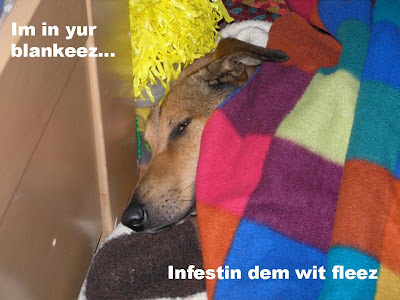Today, I read a children's history of local Indian (Pequot/Mohegan) history and came across a fact I never knew. The book I read is The Pequots by Shirlee P. Newman . I think I need a job like hers, writing brief histories. The new history to me is about the Brothertons. Not mentioned at Accessgeneaology is the Christian faith that united these diverse tribes members, but a simple history is given. The name of two distinct bands, each formed of remnants of various Algonquian tribes. The best-known band was composed of individuals of the Mahican, Wappinger, Mohegan, Pequot, Narraganset, etc., of Connecticut and Rhode Island, and of the Montauk and others from Long Island, who settled in 1788 on land given them by the Oneida at the present Marshall, Oneida county, N. Y., near the settlement then occupied by the Stockbridge. Those of New England were mainly from Farnington, Stonington, Groton, Mohegan, and Niantic (Lynne), in Connecticut, and from Charlestown in Rhode Island. They al...

